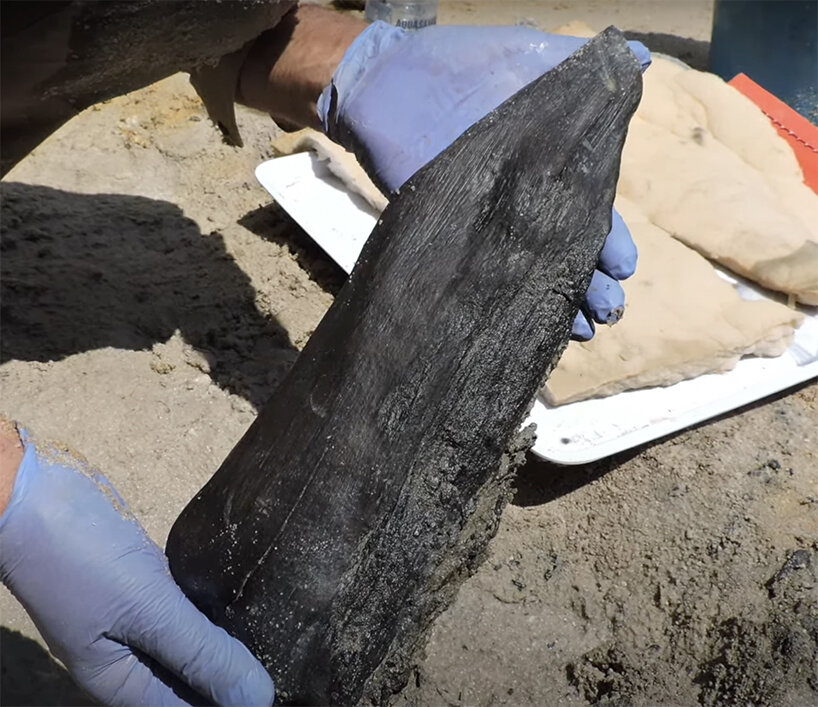
Archaeologists have unearthed the earliest known wooden structure built by human ancestors and it is nearly 500,000 years old. The researchers were working near Zambia’s Kalambo Falls when they discovered the basic wooden structure, which they believe indicates the individuals who built it were cognitively sophisticated.
The report detailing the wooden artifacts discovered by the researchers was published on Wednesday (September 20) in the journal Nature.
According to the experts, the wooden structure discovered is made up of two interlocking logs of a large-fruited willow tree with a notch purposefully cut into the upper piece to allow them to fit together at right angles around 476,000 years ago.
Prior to this, the oldest wooden structure was just 9,000 years old
Prior to the declaration from Zambia, the oldest wooden structure was just 9,000 years old. Meanwhile, the oldest known wooden artifact uncovered in Israel is a 780,000-year-old plank fragment.
The most recent finding was made at Kalambo Falls, on Lake Tanganyika in northern Zambia near the Tanzanian border, a place that scientists have been studying since the 1950s.
According to a recent study, researchers discovered stone implements below the river, three of which were covered in clay deposits above the river level, in addition to the world’s oldest wooden construction.
It’s also worth noting that these wooden artifacts have lasted for hundreds of thousands of years thanks to the permanently higher water table since the construction was discovered in 2019 atop a 235-metre-high (770-foot) waterfall on the Zambian river’s banks.
While experts are unsure of the purpose of the wooden structure, they suspect it was part of a wooden platform used as a walkway to keep food or firewood dry. It could potentially be used as a foundation for a shelter, as researchers discovered a digging stick and other wooden implements at the same location.
The new discovery also pushes back the dates of the earliest examples of woodworking
“The framework could have supported a walkway or platform raised above the seasonally wet surroundings. A platform could have multiple purposes including storage of firewood, tools, food and as a foundation on which to place a hut,” Larry Barham, an archaeologist from the University of Liverpool in the United Kingdom told AFP.
According to the researchers, the interconnecting logs have “no known parallels” in the African or Eurasian Palaeolithic. The new discovery also pushes back the dates of the earliest examples of woodworking before the appearance of our own species, Homo sapiens.
The first evidence of Homo sapiens dates back roughly 300,000 years. The discovery “changed how I thought about these people,” Barham said, adding that they “transformed their surroundings to make life easier, even if it was only by making a platform to sit on by the river to do their daily chores.”
He added, “They used their intelligence, imagination, and skills to create something they’d never seen before, something that had never previously existed.” This also suggests an abstract level of thinking and “probably language,” said Barham. (goldchannel.net)
